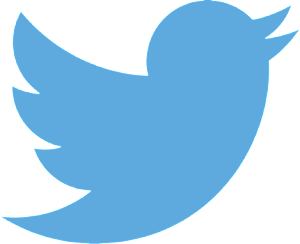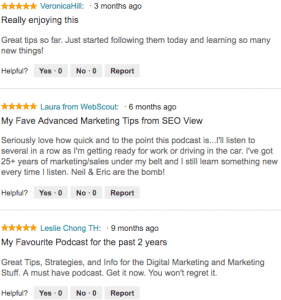 Customer service platforms are continually evolving. Once, it was normal – even progressive – for a customer to call into a contact center and get support with whatever they needed over the phone. The idea of emailing a customer support team seemed futuristic once, and now it’s a standard option on most websites, complete with pre-assembled forms and drop-down menus for the customer to fill out to get better and faster service. Even live chat support over the internet seemed surreal, and now it’s a preferred method of communication. And now, in 2015, social media is the next “norm” for customer service.
Customer service platforms are continually evolving. Once, it was normal – even progressive – for a customer to call into a contact center and get support with whatever they needed over the phone. The idea of emailing a customer support team seemed futuristic once, and now it’s a standard option on most websites, complete with pre-assembled forms and drop-down menus for the customer to fill out to get better and faster service. Even live chat support over the internet seemed surreal, and now it’s a preferred method of communication. And now, in 2015, social media is the next “norm” for customer service.
“How is this all happening?” you might ask. Let’s look at some statistics on social media customer support from the Harvard Business Review:
- People who use Twitter for customer service is at 70% right now. Comparatively, only 22 to 37% of people were using this platform for customer service a year ago.
- 17% of people aged 55+ prefer social media to other forms of customer service, such as telephones.
- Healthcare is experiencing the fastest amount of social media growth for customer support. Between March 2013 and February 2015, there was a 132% increase in tweets for brands and service handles.
- Comparatively, retail experienced the lowest growth during that time, but still saw a 50% increase.
- Some companies have been able to resolve as much as 95% of customer complaints and problems via social media and kept customer satisfaction above 90%.
- Almost four hours a day is spent on social media by people under 35.
- Brand-targeted tweets have gone up 2.5x in the past two years.
Social media is on its way to becoming the new customer support norm, and it’s easy to understand why. Customers like convenience, and they’ll gravitate to whatever service is most accessible for them. Being able to quickly send a 140 character message to a company and wait for a response is accessible (they can do it from their phone as quickly as they send a text, or from their desktop) and time-saving (they don’t have to wait on hold or check their email to see if they’ve gotten a response yet). Social media also forces a company to keep up with a response, as these customer tweets often start out public before being moved to private messages, which means that if a customer isn’t satisfied their social networks will know about it.
This is an interesting dynamic shift for the customer-company relationship, as it now forces both the customer and the company into more public-facing support situations. Anyone can log onto Twitter or go on Facebook and see a customer’s initial complaint, as well as a company’s response and how they handled it.
This changes a lot for companies, including how they approach their talent acquisition. Empathy, communication, and timely responses with quality information are all important factors to consider when hiring for a social media contact center, adding a new perspective to familiar qualities. Additionally, training candidates will be different – not only will they have to be trained on these social media platforms, but they’ll also need to learn a different type of workflow such as responding to tweets at different points in the customer service process. These are all new challenges that companies will have to be prepared for as social media becomes the new norm for customer support.
Social media is on the rise, but if you’re not sure if you’re ready to implement hiring strategies such as a pre-hire assessment process for your hiring efforts then download this e-book below that offers you 15 questions to consider and help determine if you’re ready or not:
(142)





